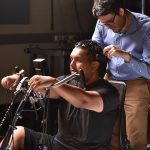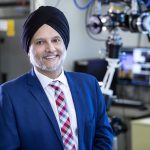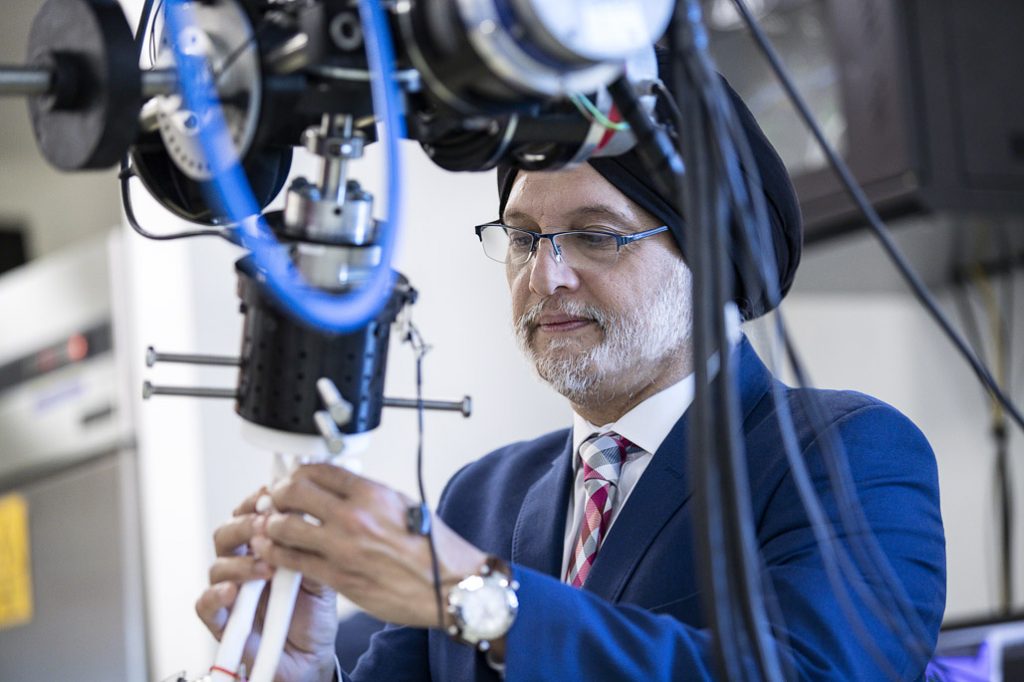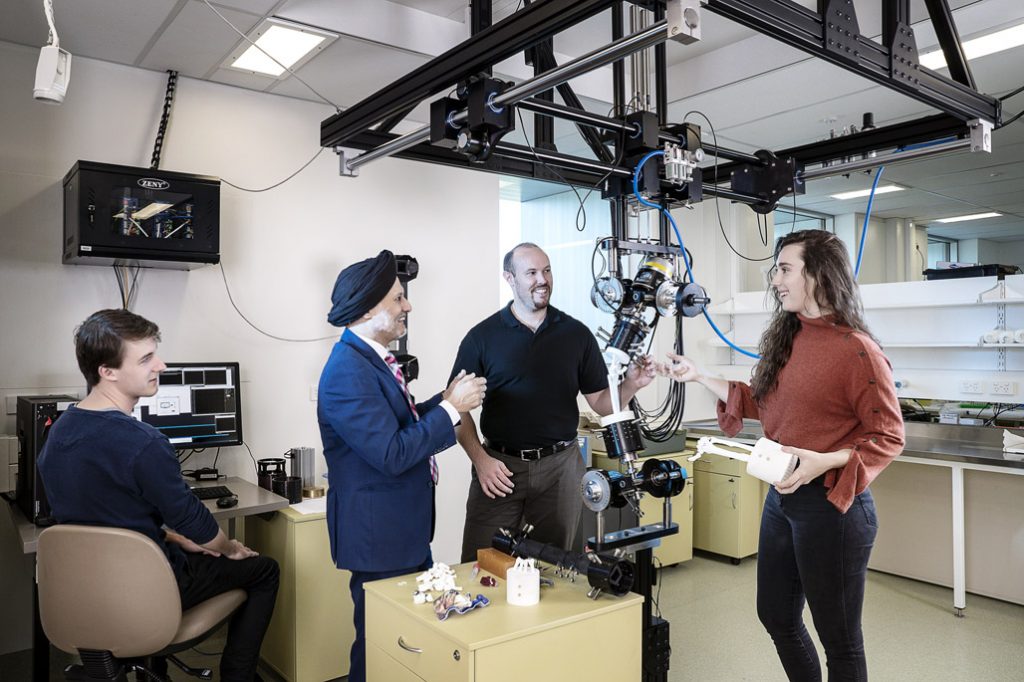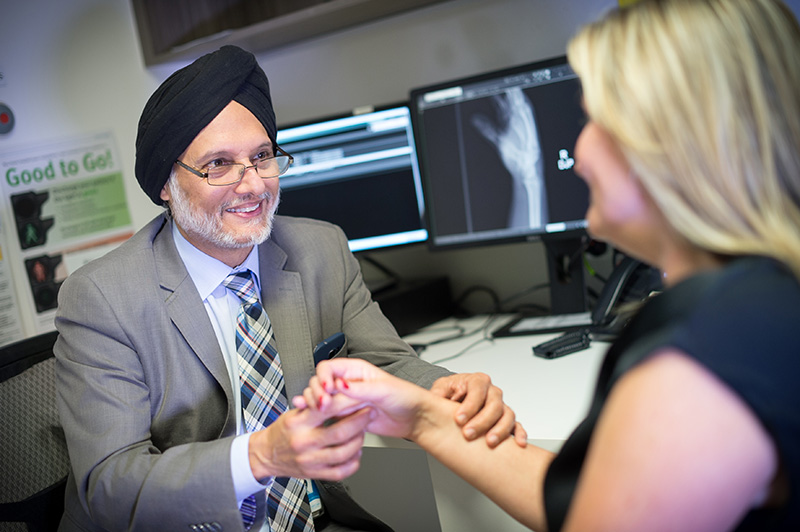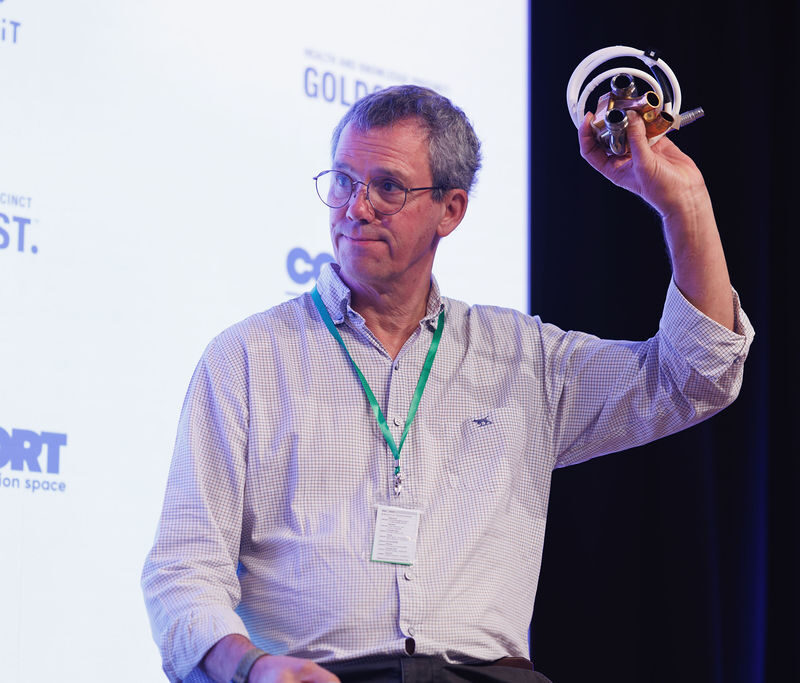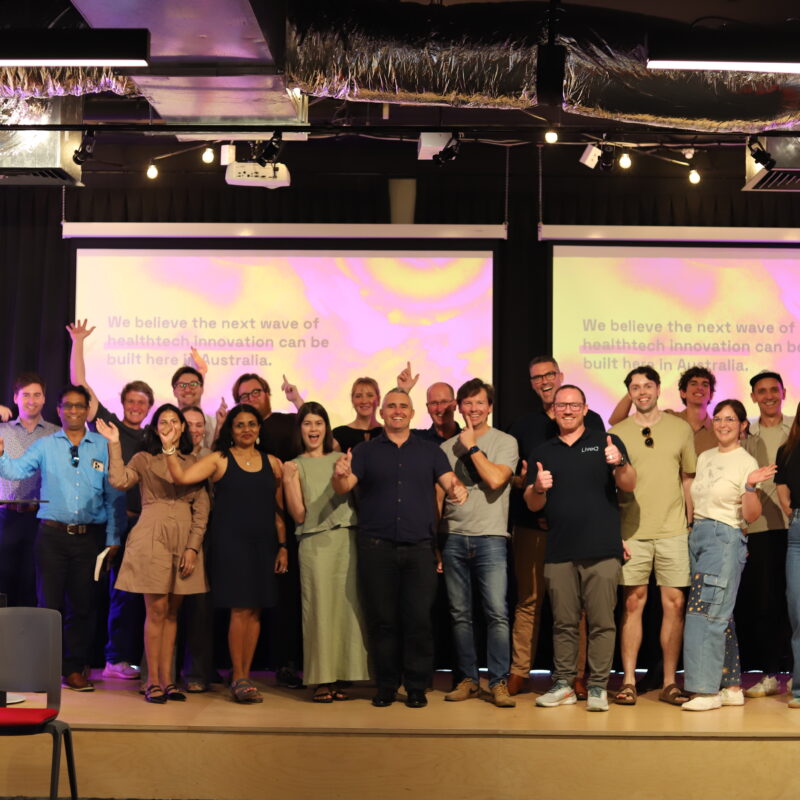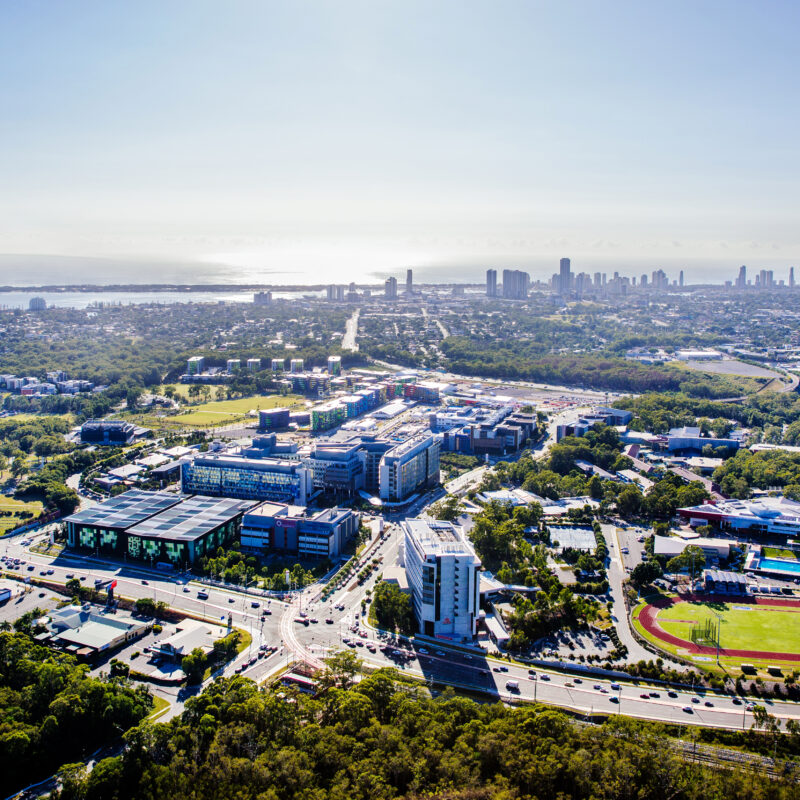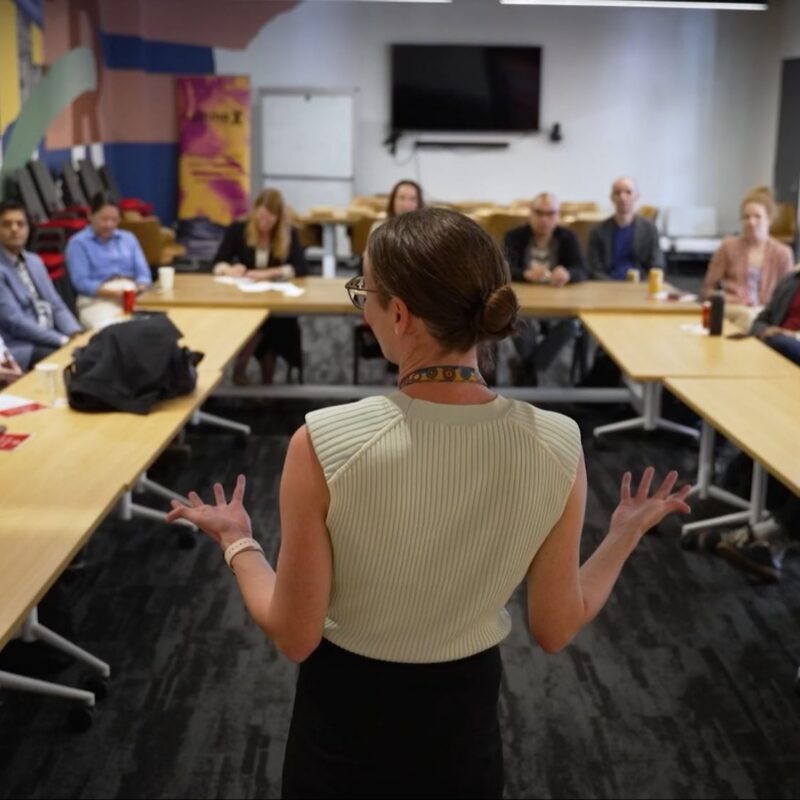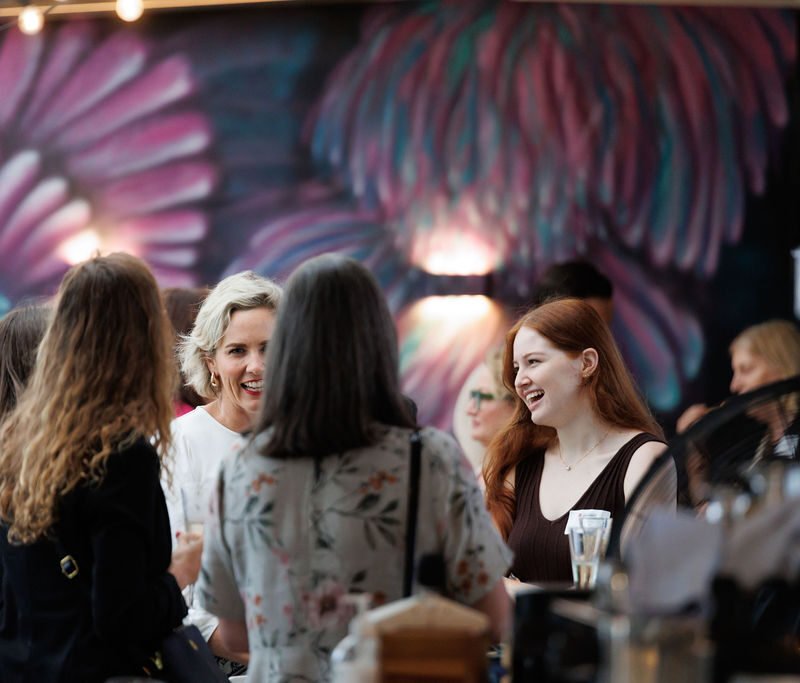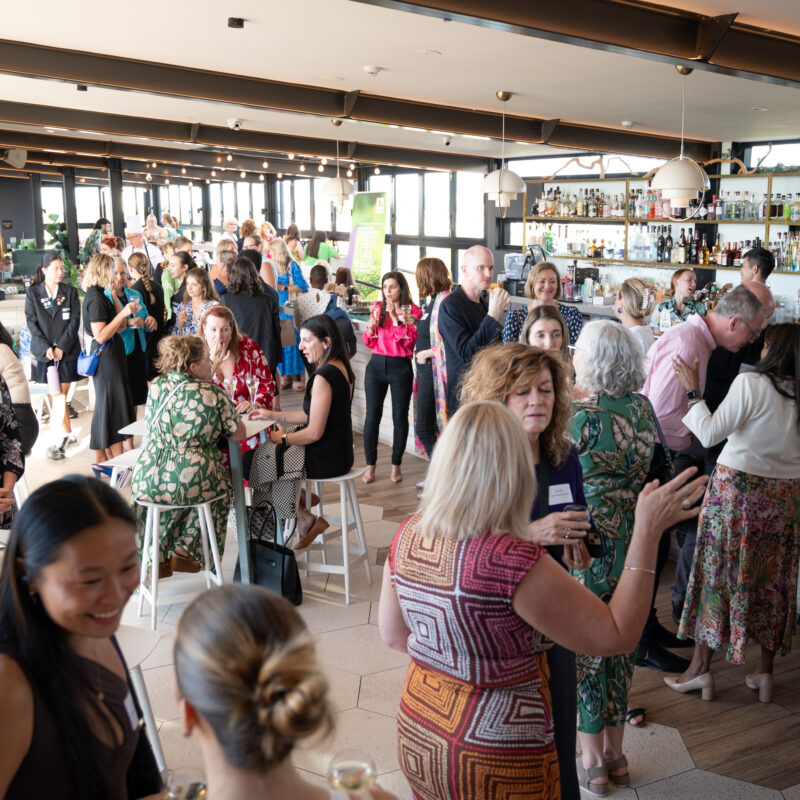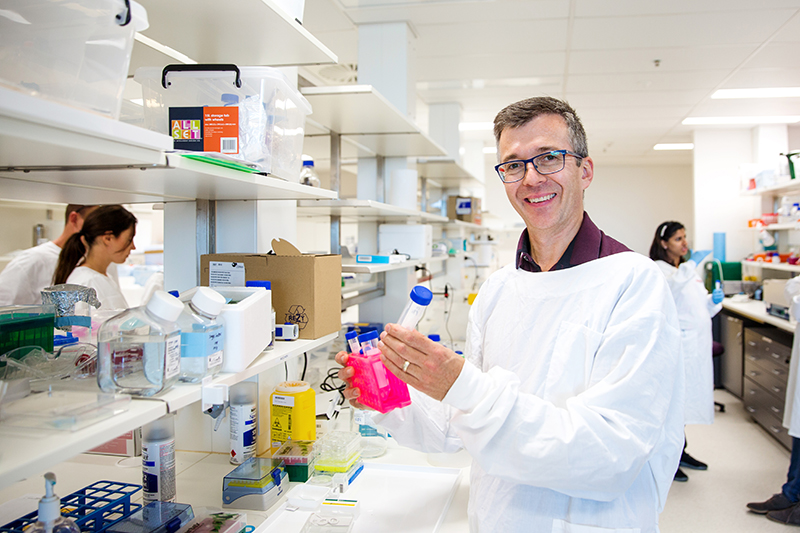
On World Spinal Cord Injury (SCI) Awareness Day, the Precinct’s BIOSPINE project, led by Griffith University biomechanical engineer Professor David Lloyd, is close to finalising a large research contract that is set to position the GCHKP as a global leader in spinal injury rehabilitation.
With industry and philanthropic support already locked in, a team of 15 researchers primarily from Griffith and including collaborators from Harvard and the University of Sydney are set to take promising research, founded on their novel digital twin platform technology – ‘Personalised Digital Human’, to the next exciting step towards a spinal injury cure.
The flagship project is just one being pursued by Professor’s Lloyd’s team within an international group of more than 90 collaborators developing next-generation intelligent approaches to training, treatment, surgery planning and rehabilitation, addressing neuromusculoskeletal (neurological and orthopaedic) and vascular (cardio and neuro vascular) conditions.
Meanwhile a 30-strong team in the Precinct’s Clem Jones Centre for Neurobiology and Stem Cell Research, also at Griffith University, is refining research that has already been successful in regrowing spinal nerve tissue in some animal models.
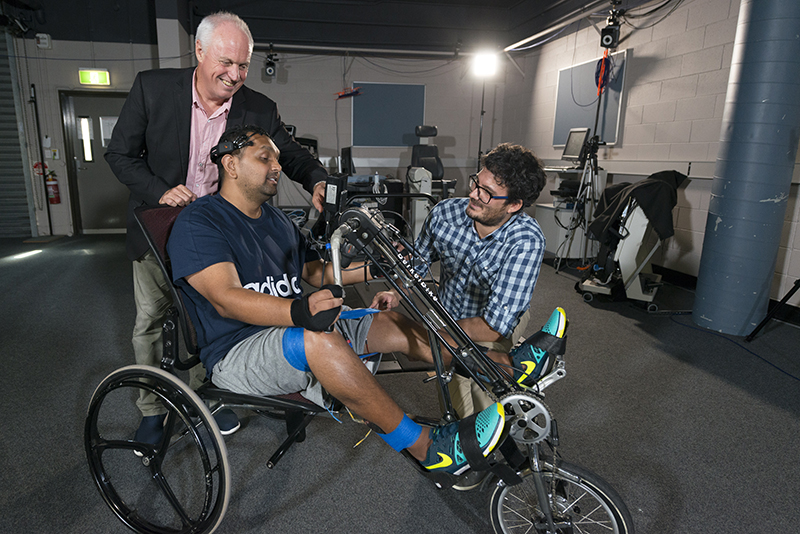
Novel approach to neurorehabilitation
The BIOSPINE project has the support of a Perpetual IMPACT funding grant of $138,000, and researchers will work with US-based Restorative Therapies (Maryland), the industry leader in integrated functional electrical stimulation (iFES), and Making Strides, a Gold Coast-based leading Australian rehabilitation provider for SCI patients.
Restorative Therapies has successfully worked with more than 100,000 SCI, Stroke, MS, Cerebral Palsy and Traumatic Brain Injury patients in 1,000 clinics and 4,000 homes over the past 15 years and will supply equipment and software to BIOSPINE – an FES stimulator and RT300 iFES Leg Neurological Rehabilitation system.
Making Strides will translate the research through patient therapy.
Professor Ted Teng, of Harvard University School of Medicine and leading US facility Spaulding Rehabilitation Hospital, will provide pharmaceutical pairing for neurorestoration to enhance the effects of the intelligent physical therapy.
It’s hoped Professor Lloyd’s project can also integrate with the biologics work of Associate Professor James St John’s team on the Spinal Injury Project for a complete approach to SCI recovery.
Biologics hold out hope of cure
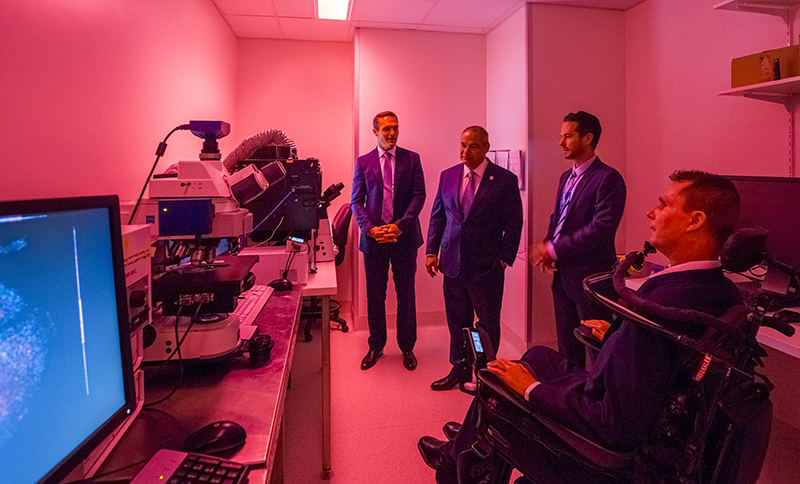
The Spinal Injury Project is a group of scientists, engineers, medical doctors, veterinarians and educators at Griffith University all working together to develop a cell transplantation therapy to treat traumatic spinal cord injuries.
The therapy involves the transplantation of Olfactory Ensheathing Cells (OECs) – a specialised type of cell from the nose, into the spinal cord to help the guidance and regrowth of nerve cells across the injury site.
Recent progress has demonstrated that transplanting a nerve bridge made of the OECs results in the nerve cells growing across the injury site in animal models. The therapy works in some animals, but not all, and work is ongoing to improve the therapy so that a wider range of injuries can be treated more consistently and it can proceed to clinical trials.
